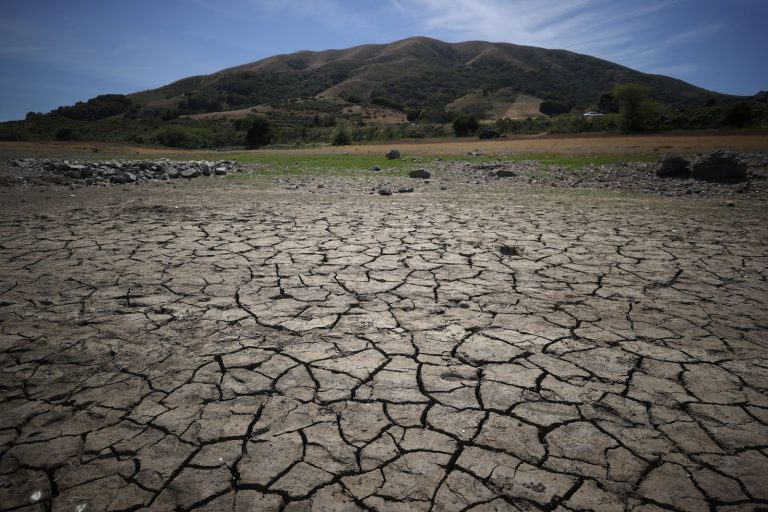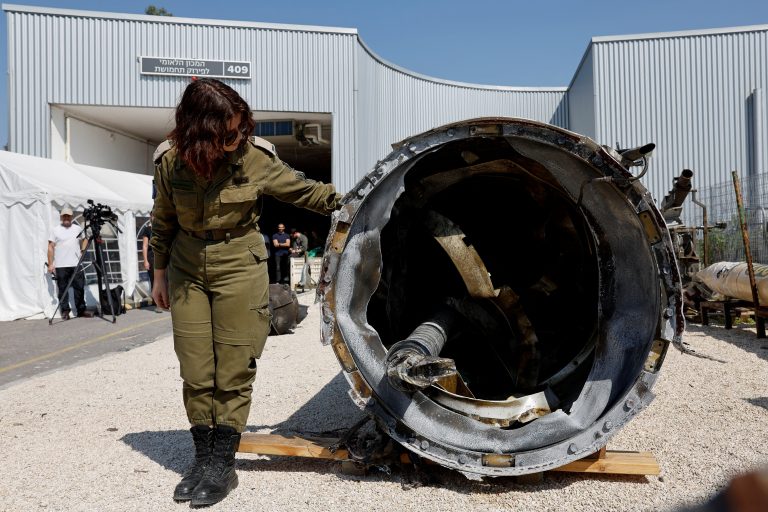An early-season heat wave has sent temperatures soaring into the triple digits in many parts of the western United States, worsening drought conditions that are threatening to supercharge this year’s wildfire season while compromising the operations of some key infrastructure.
According to U.S. Drought Monitor over 52 percent of the continental U.S. is designated as “abnormally dry” while over 27 percent is considered in “severe drought”.
More alarmingly, over 26 percent of the continental U.S. is considered to be experiencing either an “extreme” or “exceptional” drought with the most severe effects being experienced in California, Utah, and Nevada with little relief in sight.
Drought in California
While drought is a way of life in California, this year’s conditions are forcing authorities to take drastic action.
Lake Oroville, located approximately 120 miles north of Sacramento, helps water a quarter of the nation’s crops, protects endangered salmon and is an anchor for the tourism economy of Northern California. The lake however is evaporating at a surprising speed leading officials to predict that it will reach a record low later this summer.
Success
You are now signed up for our newsletter
Success
Check your email to complete sign up
Should Lake Oroville fall below 640 feet — which is predicted to occur this August or September if conditions persist — it would force state officials to shut down a major power plant in the area, for the first time ever, due to low water levels further straining an already stressed electrical grid.
Further north, state officials reduced the amount of water being sent to 930 farmers, businesses and other junior water-rights holders from Lake Mendocino.
Erik Ekdahl, deputy director for the State Water Board’s Division of Water Rights told Fox2 KTVU, “unless we immediately reduce diversions, there is a real risk of Lake Mendocino emptying by the end of this year.”
Jay Lund, co-director of the Center for Watershed Sciences at the University of California-Davis told Fox2 KTVU that the state’s approximately 1,500 reservoirs are fifty percent lower than they should be this time of year.

Fire restrictions are already in place across the region and many fireworks bans are anticipated prior to the July 4th celebrations.
Utah
Spring rain storms were not enough to satisfy Utah’s reservoir needs this year, inspiring Utah Governor Spencer J Cox to ask for a weekend of prayer.
In a video published to YouTube on June 3 Governor Cox stated, “the extremely dry conditions this year bring the potential for deadly fires and the lack of water threatens our crops, our livestock and wildlife, our food supply chains and our way of life.”
He continued, “we need more rain and we need it now. We need some divine intervention. That’s why we’re asking Utahns of all faiths to join me in a weekend of prayer June 4 through the 6th.”
The dry conditions have also inspired the Governor to sign three executive orders employing water restrictions, the most recent being enacted on June 8 restricting water use at state facilities.
“All indicators show this could be the worst drought year on record,” Gov. Cox said. “Utah state government is leading the way by cutting back on water use at all state facilities, but all of us — from private businesses to local governments to individuals — need to conserve water now more than ever.”
Nevada
While other states around the U.S. have enacted temporary bans in an effort to conserve water, Governor Steve Sisolak of Nevada has outlawed around thirty-one percent of the categories of grass found in the Las Vegas area.
“It’s incumbent upon us for the next generation to be more conscious of conservation and our natural resources — water being particularly important,” he said.
The ban targets what authorities are calling “non-functional turf.”
The non-functional turf ban applies to grass that is rarely used like at office parks, along street medians and at entrances of housing developments. The ban excludes single-family homes, parks and golf courses.
An estimated six square miles of existing grass is scheduled to be replaced in the region with a species of grass that requires less water to thrive or drought-tolerant landscaping. Water officials estimate that the region can conserve an estimated ten percent of its available water supply by making the changes.
The ban does not take effect until 2027 and will only apply to the jurisdiction of the Southern Nevada Water Authority which encompassess Las Vegas and its surrounding areas that rely on the Colorado River for 90 percent of its water supply.
















